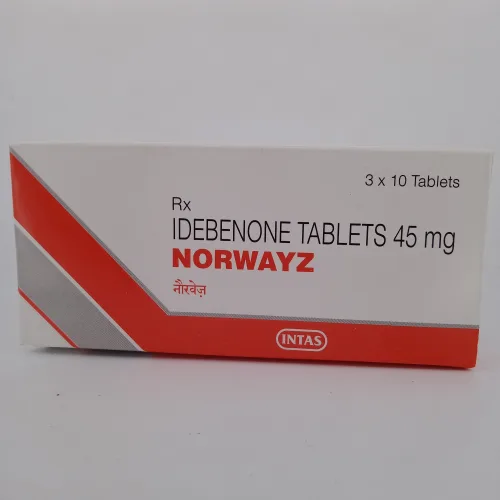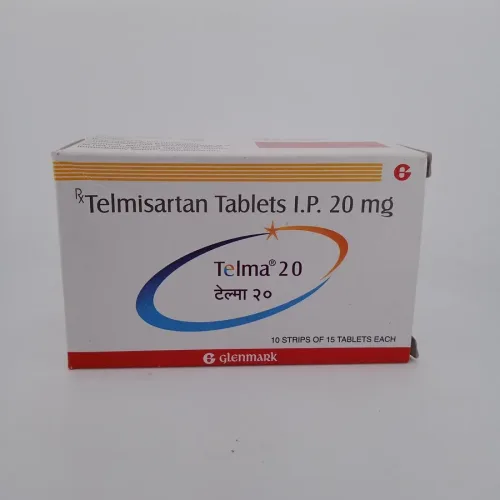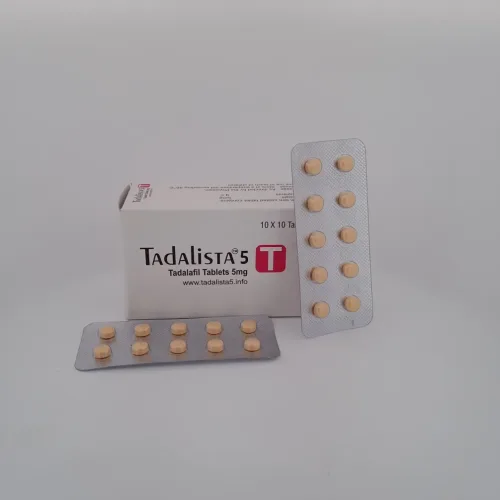we are committed to ensuring complete customer satisfaction.
Welcome to the new AIPCTSHOP! Better design, smoother checkout, and the same reliable delivery you trust.
USD $0.00
Cart TotalNo products in the cart.
Traction alopecia is a form of hair loss caused by repeated pulling or tension on the hair follicles. It often results from tight hairstyles, such as ponytails, braids, buns, or hair extensions. If not addressed early, traction alopecia can lead to permanent hair loss. In this guide, we will explore the causes, symptoms, prevention tips, and effective management strategies for traction alopecia. As always, consult a healthcare professional before making any changes to your hair care routine or starting new treatments.
Early Signs of Traction Alopecia
Early signs include scalp tenderness, redness, and small bumps on the scalp. Recognizing these symptoms can help prevent further damage, making it crucial to address them as soon as they appear.
Avoiding Tight Hairstyles
Reducing tension on the scalp by avoiding tight hairstyles is key to preventing traction alopecia. Opt for looser styles like relaxed buns or braids, which help reduce strain on hair follicles.
Using Protective Hairstyles
Protective hairstyles, such as loose braids or twists, can prevent further hair loss. These styles reduce tension on the scalp and allow the hair to grow without being pulled excessively.
Moisturising the Scalp
Keeping the scalp moisturized with oils like coconut, jojoba, or castor oil helps maintain hair elasticity. Moisturizing also reduces the risk of breakage, making it an essential step in managing traction alopecia.
Scalp Massages for Improved Circulation
Regular scalp massages increase blood flow to hair follicles, promoting hair growth. Gentle massages can help stimulate recovery from traction alopecia and improve overall scalp health.
Biotin Supplements for Hair Strength
Biotin, also known as Vitamin B7, supports keratin production, making hair stronger and less prone to damage. Biotin supplements can help strengthen hair strands, reducing further breakage from traction.
Consulting a Dermatologist
Seeing a dermatologist is important for assessing the severity of traction alopecia and getting tailored treatment. They can recommend topical treatments, medications, or lifestyle changes to promote hair regrowth.
Using Anti-Inflammatory Scalp Treatments
Anti-inflammatory treatments like tea tree oil or aloe vera can soothe an irritated scalp and reduce inflammation, which is often associated with traction alopecia. These treatments promote a healthier scalp environment for regrowth.
Hair Growth Serums for Recovery
Hair growth serums containing ingredients like minoxidil or peptides can stimulate hair regrowth in affected areas. Consistent use can help accelerate recovery from traction alopecia by boosting follicle activity.
Conclusion
Traction alopecia is a preventable and often reversible form of hair loss caused by repeated strain on the hair follicles. By adopting gentle hair care practices, using appropriate products, and consulting with a medical professional if needed, you can manage and potentially reverse traction alopecia. Remember to prioritize hair health and consult a healthcare provider before trying any new treatment.
Popular Post
Genetic Factors Behind Hair Loss
October 17, 2025
The Importance of Regular Sexual Health Checkups
August 15, 2025
Skincare Mistakes to Avoid
September 5, 2025
Preventing Hair Thinning Naturally
October 17, 2025
















